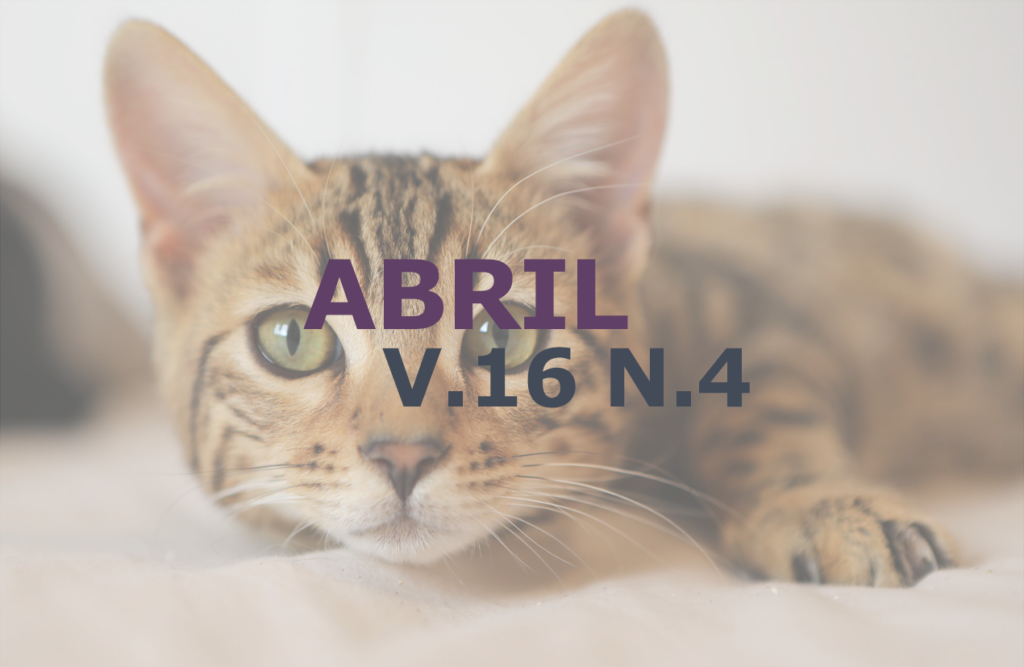Microbial isolation and antimicrobial sensitivity profile of dogs with external otitis attended at the Veterinary Polyclinics in UNIG – Campus, Itaperuna, Rio de Janeiro
DOI:
https://doi.org/10.31533/pubvet.v16n04a1087.1-6Keywords:
Antibiogram, bacteria, otopathy, resistance, ear secretionAbstract
Canine otitis is one of the most frequent diseases in small animal clinics, which are often caused by saprophytic opportunistic microorganisms from the auricle cavity itself by various predisposing factors, such microorganisms, when not treated correctly, can become multiresistant, leading to otitis chronic difficult to treat. This study aimed to carry out bacterial isolation and analyze the sensitivity profile of microorganisms isolated from the ear secretion of 13 dogs treated at the Unig-Campus V Veterinary Clinic, Itaperuna-RJ, against the antimicrobials: enrofloxacin, tobramycin, gentamicin, neomycin and bacitracin. From the isolated microorganisms, Staphylococcus sp. was what appeared in the largest number of samples, being isolated in 65.4%, followed by Bacillus sp. (34.6%), Serratia liquefacies (8.3%) and Proteus mirabilis (8.3%). The antibiotic that showed the highest percentage of resistance to all isolated microorganisms was bacitracin, with 100% resistance. The other antibiotics showed variable results. It is concluded with this research that it is of great importance to carry out the culture and antibioGram in case of canine otitis, because in this way it avoids a wrong treatment, reduces the probability of occurrence of chronic otitis and also reduces the risk of developing resident strains.
Downloads
Published
Issue
Section
License
Copyright (c) 2022 Hingrid Barbosa de Souza, Helen da Costa Rodrigues, Juliano Gomes Barreto

This work is licensed under a Creative Commons Attribution 4.0 International License.
Você tem o direito de:
Compartilhar — copiar e redistribuir o material em qualquer suporte ou formato
Adaptar — remixar, transformar, e criar a partir do material para qualquer fim, mesmo que comercial.
O licenciante não pode revogar estes direitos desde que você respeite os termos da licença. De acordo com os termos seguintes:
Atribuição
— Você deve dar o crédito apropriado, prover um link para a licença e indicar se mudanças foram feitas. Você deve fazê-lo em qualquer circunstância razoável, mas de nenhuma maneira que sugira que o licenciante apoia você ou o seu uso. Sem restrições adicionais
— Você não pode aplicar termos jurídicos ou medidas de caráter tecnológico que restrinjam legalmente outros de fazerem algo que a licença permita.





